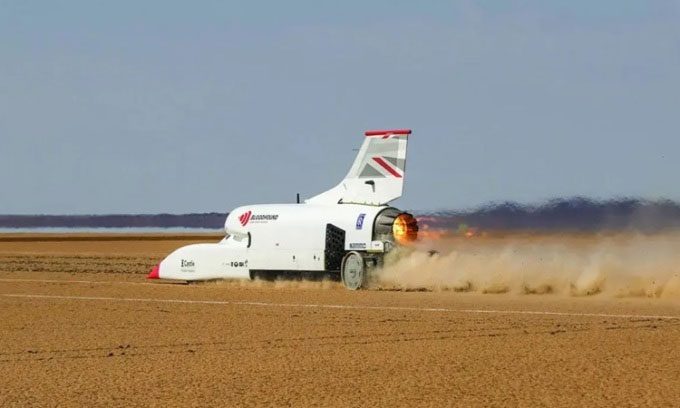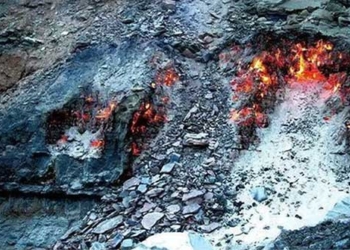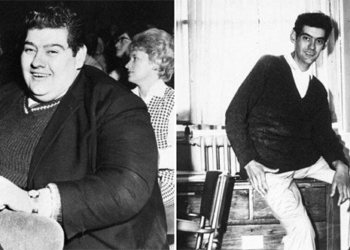Engineers will dismantle and reconstruct the Bloodhound LSR racing car, adding a rocket to help the vehicle achieve a record speed of 1,287 km/h.

The Bloodhound LSR racing car on a test track. (Photo: Bloodhound LSR).
The plan to revive the famous Bloodhound racing project in the UK aims to break the world land speed record. After a four-year hiatus, project leader Stuart Edmondson is striving to continue the initiative. The Bloodhound LSR team is currently seeking a driver for their supersonic vehicle to reach speeds exceeding 1,287 km/h. The project will prioritize selecting a driver who can contribute the necessary funding to advance this goal, according to Interesting Engineering on October 9.
In 2019, the Bloodhound LSR team successfully tested the vehicle in the Kalahari Desert in South Africa, exceeding a speed of 806 km/h, placing it among the top 10 fastest cars in the world. Nearly 20 years ago, a team of British engineers led by Andy Green set the land speed record at 1,227.985 km/h with the Thrust SSC vehicle. Since then, due to advancements in engineering design, materials, and fluid dynamics calculations, the project members believe that the Bloodhound LSR can surpass that achievement. From the inception of the Bloodhound project to the recent testing in Africa, Green, a former Royal Air Force pilot, has always been the driver. Although he is stepping aside for the next generation, Green will remain in an advisory role, working behind the scenes.
The engineering team describes the development of the vehicle as a unique opportunity to attract passionate and highly skilled individuals who are ready to push the boundaries of speed and inspire others to become part of history by driving the fastest car on Earth. Green and his team hope that the new driver can bring significant funding to the project, which is estimated to require a budget of $14.7 million to set a new record.
The engineers plan to develop a vehicle that does not use any fossil fuels. After the 2019 test in Kalahari, essential components of the car, such as the EJ200 jet engine, were removed and stored safely. The team of experts is planning a complete dismantling and reconstruction of the vehicle before testing at Hakskeen Pan, a race track in Northern Cape, according to the BBC. In addition to the EJ200 jet engine, they will add a rocket that uses chemical fuel without the need for a separate oxidizer, providing the vehicle with a maximum speed exceeding 1,287 km/h. This rocket will utilize peroxide to generate thrust, a compound that decomposes into a mixture of water vapor and oxygen.





















































